The towering trees of Yosemite National Park have long held a treasured place in the American psyche, whether the ancient and majestic sequoias, the Ponderosa pines with their snake-patterned bark, or the acorn-laden black oaks, the lifeblood of many Native American cultures.
It was with this legacy in mind that two top Yosemite park officials walked last week through a collection of tree stumps and explained to a visitor why they ordered chainsaw-wielding crews to fell hundreds of trees.
As she trudged past the remnant of a felled incense cedar, Cicely Muldoon, the superintendent of the park, acknowledged that the notion of cutting trees in Yosemite could be hard to explain to the public. “It hurts people’s hearts,” she said. “But we have to use every tool at our disposal to save the forests and to save the park and to restore a healthy ecosystem and to keep people safe.”
With more than 140 million trees killed in California by drought and plagues of beetles over the past decade – 2.4 million of them in Yosemite alone – forestry experts describe the state’s forests as wounded and extremely vulnerable. Now, as the state suffers another severe drought, Yosemite seems perennially under siege by fire and smoke.
RM Block
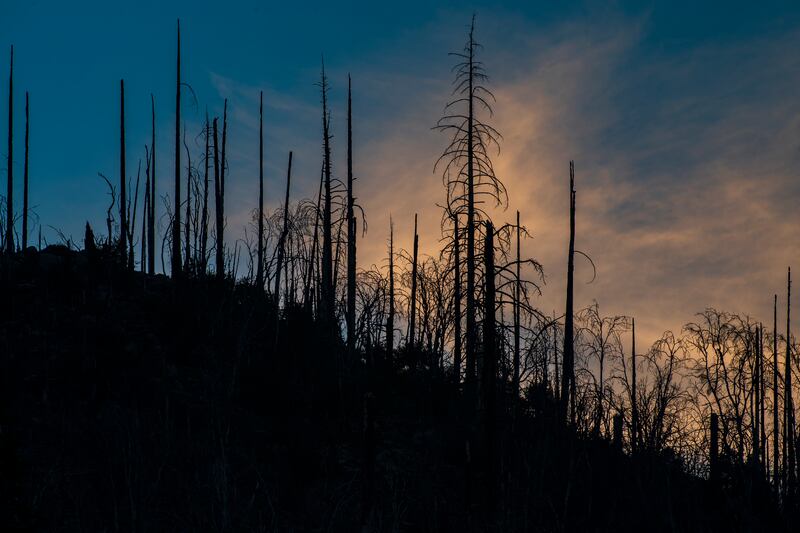
In just the past month, the Oak fire and the Washburn fire have raged near and in the park, prompting evacuations, closing entrances and threatening the largest stands of sequoias, including the prized Mariposa Grove.
Muldoon says that more aggressive steps need to be taken than before to make the forests of Yosemite more resilient. But she and the park’s management will first have to prevail in court.
A judge this month temporarily halted the park’s biomass removal efforts, as the tree cutting was euphemistically known, in response to a lawsuit filed by an environmental group based in Berkeley, California, that argues that the park did not properly review the impacts. The thinning project covers less than 1 per cent of Yosemite’s forests.
Whether or not the lawsuit proves successful, it is resonating well outside of the park’s boundaries by raising larger questions about how to manage forests in the age of climate change.
Dissonant view
Increasingly, leading forestry experts are propounding a view dissonant to a public accustomed to the idea of preserving the country’s wild lands: Sometimes you have to cut trees to save trees. And burn forests to save forests, they say.
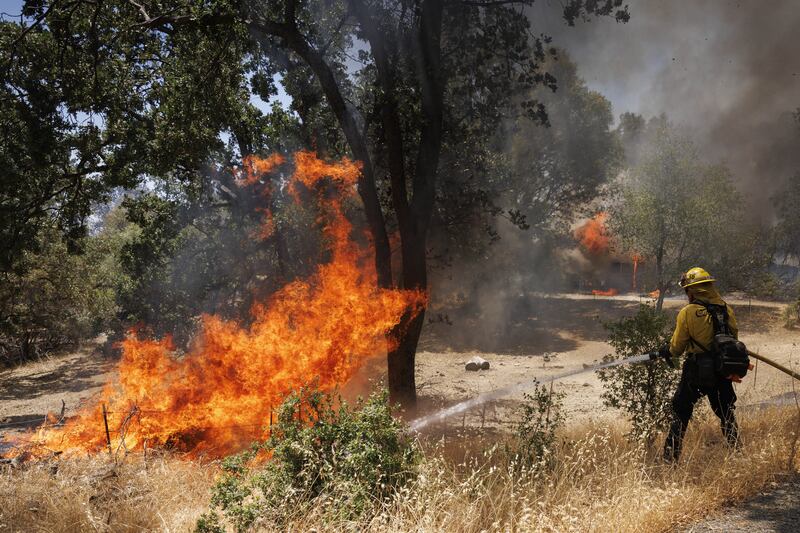
In this year’s budget, Congress designated nearly $6 billion (€5.9 billion) toward wild land fire-management programs, adding to the $5 billion earmarked for hazardous fuels reduction and other fire-related programmes in the infrastructure law signed last year. Last month, politicians introduced the Save Our Sequoias Act, which would expedite environmental reviews required for thinning projects. Though the Bill is bipartisan, it has drawn opposition from a coalition of environmental groups.
About a century ago, the National Park Service, which manages Yosemite, effectively made a promise to the American people that it would keep valued places looking “more or less like they always did”, said Nate Stephenson, a scientist emeritus in forest ecology for the United States Geological Survey. The Act of Congress that established the National Park Service in 1916 called on parks to remain “unimpaired for the enjoyment of future generations”.
But, Stephenson added, “in this era of rapid and intense environmental changes, that promise is falling apart.”
Central to the thinking of scientists looking for ways to protect forests is research showing that the “natural state” of America’s wild lands was for millenniums influenced by humankind. Decades of research have shown that the wilderness appreciated by early European settlers, as well as 19th-century naturalists such as John Muir, was often a highly managed landscape. Core samples from beneath a pond in Yosemite, retrieved in the way that scientists might bore deep into a glacier, showed centuries of layers of pollen and ash. The findings suggested a long history of frequent fires in Yosemite and buttressed the oral histories of Native American tribes who have long seen fire as a tool.
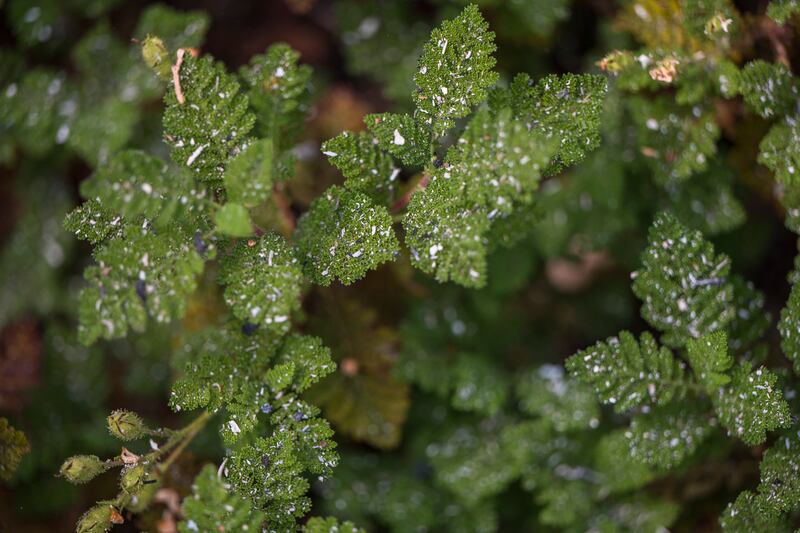
Other studies have shown how biodiversity flourishes after moderately hot fires, how meadows burst to life with dozens of species of flowers. Fire can reduce plant competition, increase water flow and kill off destructive insects. Some species, such as the giant sequoia, rely on the heat of a fire to dry out and crack open their cones to release seeds across the forest floor. But experts make a distinction between fires that are beneficial to the landscape and ones that burn so hot that they decimate it.
“Not all trees are good and not all fire is bad,” said Britta Dyer, a forest-regeneration specialist at American Forests, a non-profit organisation that promotes the use of forests to slow climate change.
Earliest photographs
In the famous Yosemite Valley, with its glacier-carved granite walls, vertiginous waterfalls and flowering meadows, Garrett Dickman, a forest ecologist at the park, is leading an effort to restore the area to what it looked like more than a century ago, when it was sculpted by native burning practices.
Dickman uses some of the earliest photographs and paintings of the valley to guide him in deciding whether trees need to be felled.
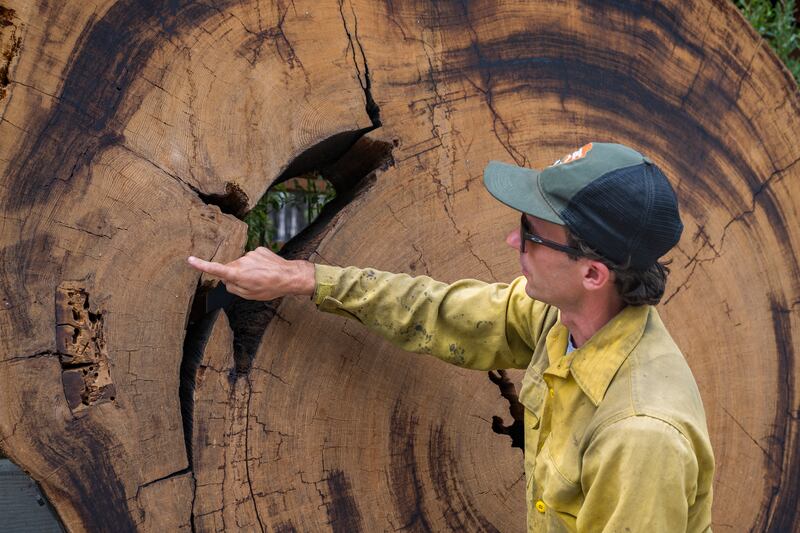
Photos by Carleton Watkins in the 1860s were viewed by Abraham Lincoln and helped convince the president of the need to declare Yosemite a protected public trust, a prelude to it becoming a national park. Dickman uses the same photos today.
“I will quite literally take the photo and look at where I think the view is and mark the trees that I think need to be removed to restore the vista,” Dickman said.
Live trees that are thicker than 20 inches are never felled, Dickman said. He has calculated that if he cannot wrap his arms around a tree, it usually is too large to qualify for cutting.
Along the road that links the community of Wawona to the southern entrance of the park, crews have cleared 9,156 tons of trees and brush. Dickman calculates that of the approximately 350 truckloads that carried the logs and brush, only half a dozen were sent to a sawmill. The rest went to power plants that burn wood to make electricity.
“We’re getting $60 for 25 tons of material,” Dickman said. “But it cost us $1,200 to $1,400 in trucking for each load.”
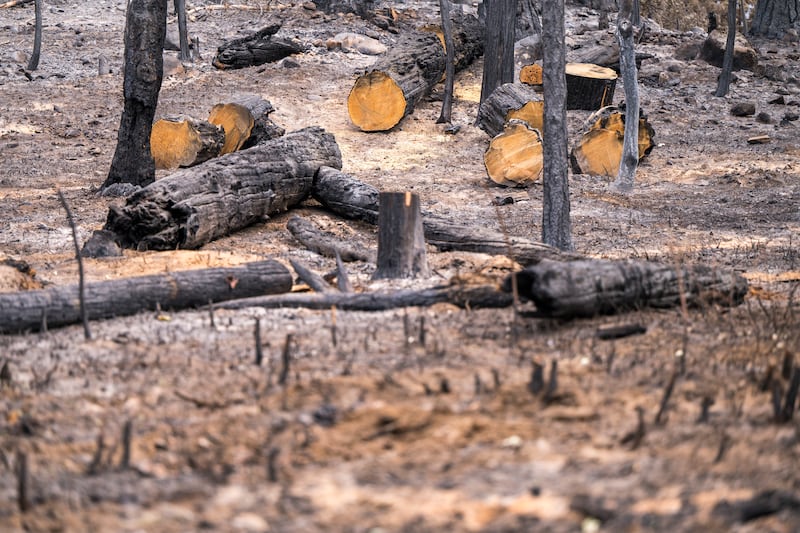
The lawsuit against the park seeks specifically to stop the majority of the tree cutting and thinning. It was brought by the Earth Island Institute, a non-profit organisation based in Berkeley that has sued to stop other tree-cutting projects. The lawsuit alleges that the park’s management did not follow review procedures laid out by the 1969 National Environmental Policy Act.
‘Not being truthful’
Chad Hanson, the director and principal ecologist for the John Muir Project, a subsidiary of the Earth Island Institute, said in an interview that the National Park Service is not being truthful about the tree removal, adding that he was among more than 200 experts who had signed a letter to US president Joe Biden and Congress expressing concern that commercial logging could be “conducted under the guise of ‘thinning’.”
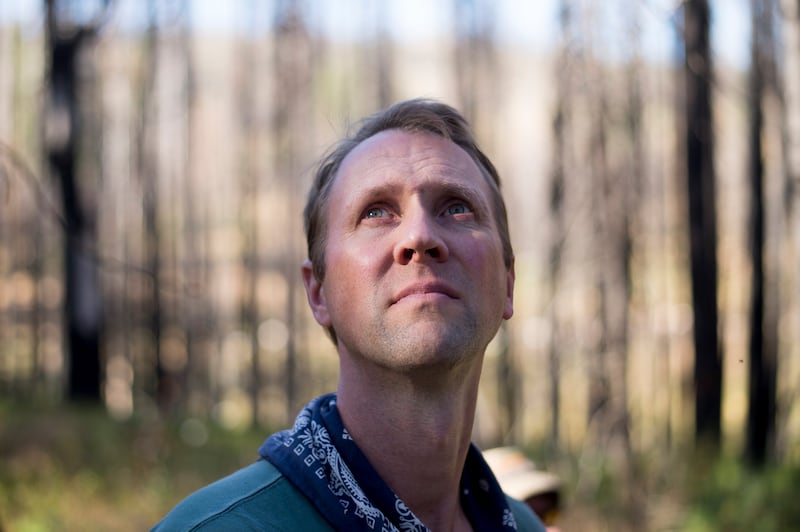
Most experts involved in the debate say it is not a question of whether forest thinning should be allowed – but how much needs to be done.
Hanson, who is well known among conservationists and loggers for the frequency of his lawsuits, takes a more conservative view.
One of his main arguments is that a heavily thinned forest is more vulnerable to fire, not less, because the cooling shade of the canopy is reduced, as is the windbreak. Other experts say that while cutting down trees can in theory create drier, windier conditions, forests in the west are already very dry for much of the fire season. They also say that even if wind speeds do increase, it is rarely enough to overcome the benefits of having reduced the amount of vegetation that can burn.
Hanson agrees that within 100ft of homes, selectively thinning seedlings and saplings, and even removing lower limbs on mature trees, is essential to create “defensible space”. But he argues that instead of lopping down large trees, forest managers should allow more wild land fires to progress naturally.
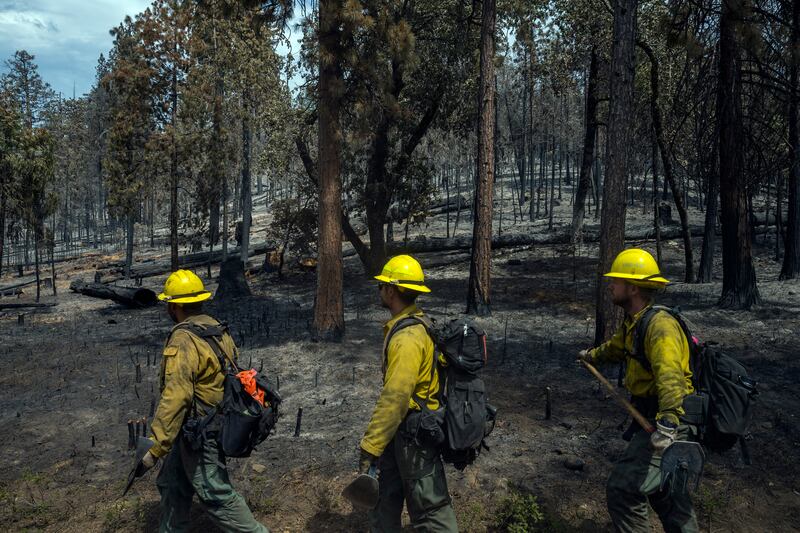
“Natural processes are meant to be the primary approach,” Hanson said, “Not chainsaws and bulldozers and clear cuts.”
A number of environmental groups, however, counter that they support careful forest thinning, including Save the Redwoods League, a group that advocates for preserving redwood and giant sequoia forests, and the Nature Conservancy, an environmental non-profit.
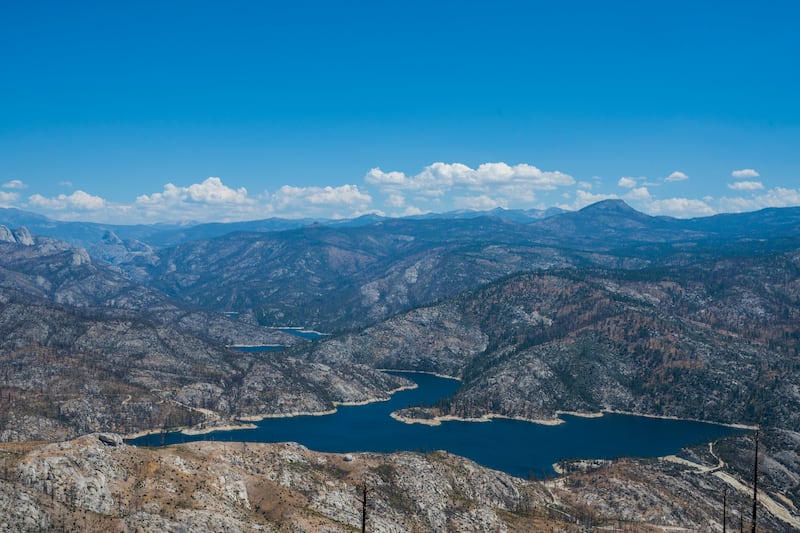
Daniel Swain, a climate scientist at the University of California, Los Angeles, and the Nature Conservancy, said it was “exhausting” having to confront Hanson’s flurry of arguments and litigation. “It is a waste of time.” Other experts have published critiques of Hanson’s methodology.
Hellish storms
Large wildfires have been so common around Yosemite in recent years that visitors driving into all four entrances see the charred remnants of burned forests. Muldoon, the Yosemite superintendent, said the fires are often so hot that firefighters compare it to battling hellish storms.
“We don’t send people out to fight hurricanes and that’s what it’s starting to feel like for firefighters,” she said.
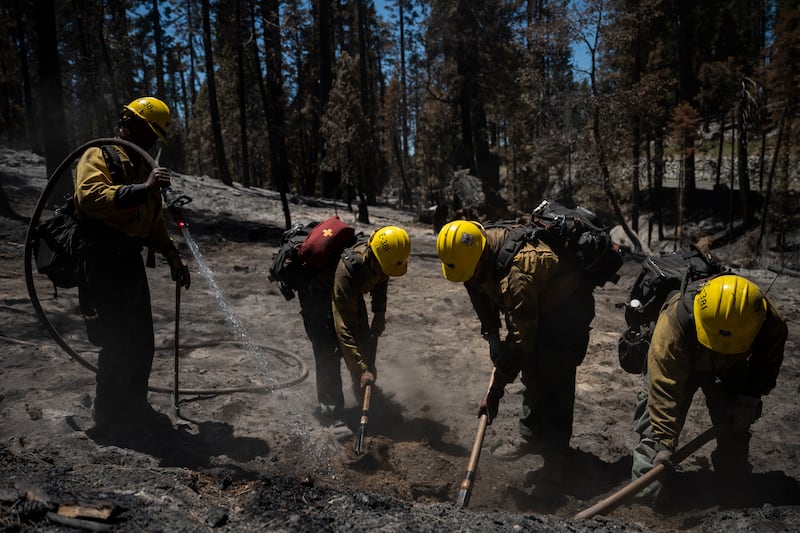
It is the thickening of the forest through generations of fire suppression that now requires the cutting and hauling of thousands of trees, she said.
And what about leaving the park “unimpaired” for future generations?
“It’s a tricky word,” she said. In the early years of the park service, Muldoon said, unimpaired would have meant “leave it exactly as it is out there, don’t touch anything.”
“But if we’ve learned anything it’s that we have been touching these lands forever – humanity has – and doing nothing is really doing something.” – This article originally appeared in The New York Times.

















